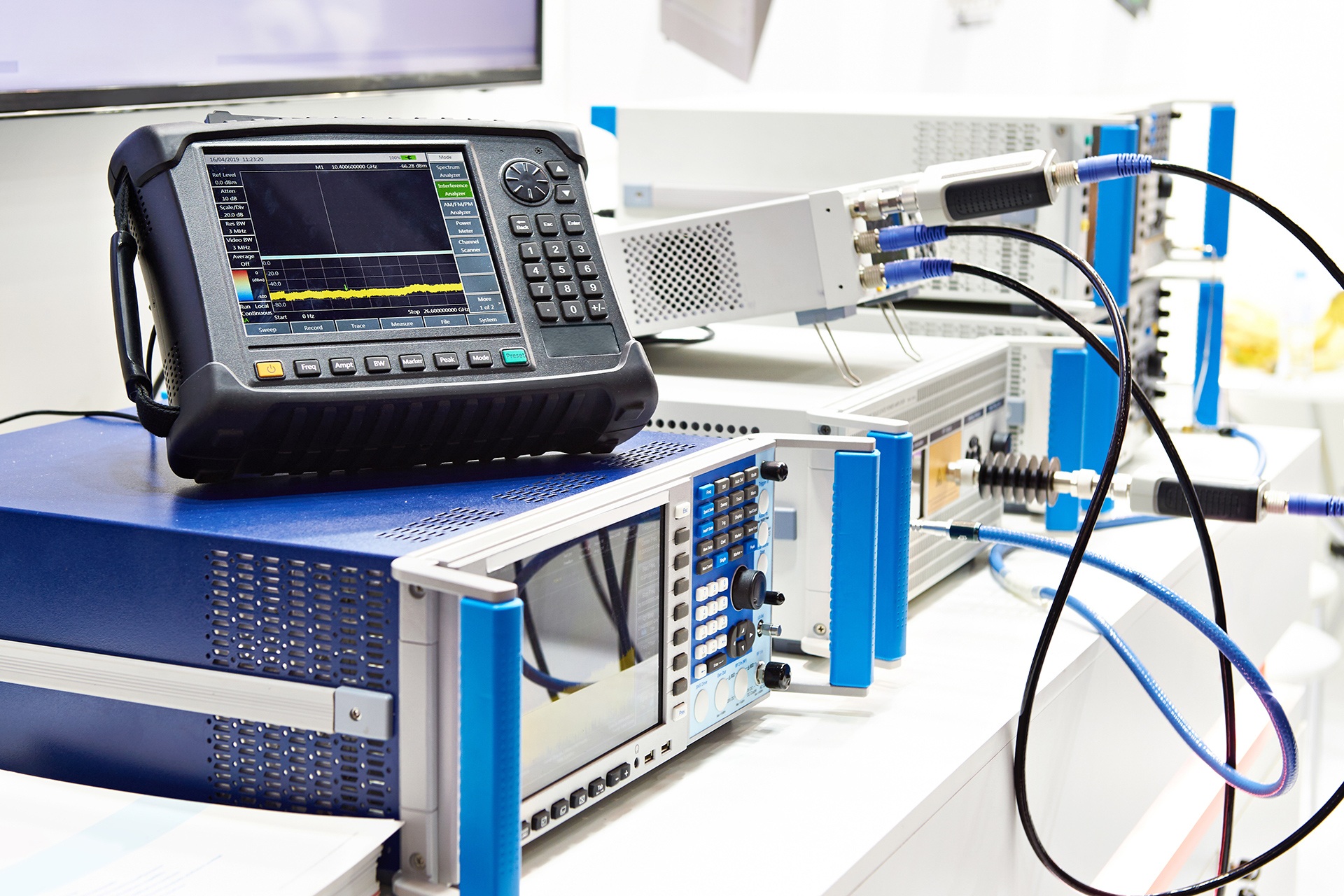You have actually possibly listened to the terms calibration, confirmation, and modification used reciprocally in your work environment, but they're really three unique processes that serve various objectives in maintaining mechanical calibration measurement accuracy. If you are accountable for quality control or instrument management, blending these ideas could bring about compliance issues, pricey errors, and undependable data. Recognizing when to utilize each process-- and why-- can transform just how your company approaches measurement integrity and governing compliance.What Is Calibration and Why Does It Matter?Precision drives every trusted measurement system, yet even one of the most advanced instruments wander from their designated precision with time. That's where calibration comes to be essential.You're basically contrasting your test and measurement instruments against known reference requirements to establish their precision. This process doesn't entail making changes-- it's totally about recording exactly how your equipment does versus developed benchmarks.Calibration matters since it makes sure measurement traceability to nationwide standards, which is crucial for preserving quality in local load cell calibration your procedures. When you collaborate with certified calibration laboratories complying with ISO IEC requirements, you're establishing self-confidence in your data.This paperwork comes to be vital for regulative compliance and quality control programs. Unlike confirmation or adjustment, calibration provides the fundamental expertise concerning your instrument's current efficiency status.The Duty of
Confirmation in Quality Assurance While calibration informs you exactly how your instrument performs, verification validates whether that efficiency satisfies your certain requirements.You'll make use of verification as a quality control checkpoint to ensure your instruments preserve appropriate precision levels in between official calibration services. This process entails comparing your instrument's dimensions versus known criteria to verify it's still running within your well established tolerances.Unlike certified calibration, verification does not need substantial documents
or certifications. You're merely confirming your testing instruments have not wandered past appropriate limits.This streamlined process aids you capture measurement problems early, avoiding costly quality issues downstream. By applying normal verification timetables, you'll keep confidence in your measurement process while expanding intervals in between official calibrations.Verification serves as your first line of protection in preserving measurement integrity.When and Exactly how to Do Instrument Adjustments When your confirmation results show dimensions falling outside acceptable resistances, you'll need to do instrument modifications to bring back accuracy.These changes entail physical or electronic alterations to your measuring equipment to bring readings back within specifications.Before making modifications, you'll wish to identify the root cause of inconsistencies with systematic troubleshooting.Document all adjustment treatments and confirm results promptly afterward.If your instruments need complicated adjustments beyond your capabilities, get in touch with accredited instrument calibration services or calibration and repair services.Professional excellent quality calibration services offer ISO IEC accredited calibration with extensive customer services support.They'll carry out precise modifications making use of qualified referral criteria, ensuring your precision measurements meet industry requirements.Key Differences In between These Three Critical Processes Although these three processes collaborate to ensure measurement precision, calibration, confirmation, and change
offer noticeably different purposes in your quality control system.Calibration services establish traceability by comparing your measuring equipment
against certified reference requirements, commonly done by approved calibration laboratories following ISO 17025 requirements.Verification verifies your laboratory instrument satisfies defined resistances without making modifications, basically checking if it's still within acceptable limits.Adjustment entails literally customizing your equipment's setups to remedy inconsistencies and recover accuracy.You'll require accredited calibration for lawful compliance and precision dimensions, confirmation for routine quality checks, and change just when measurements drift beyond specifications.Quality calibration services manage the complex traceability needs, while you can frequently execute confirmation and change in-house for your test and measurement activities.Best Practices for Application in Your Company Since your organization's measurement precision depends upon organized execution, you'll require to develop clear procedures that define when and exactly how to do calibration, verification, and modification activities.Start by partnering with accredited calibration services that meet your industry's compliance demands. Develop recorded treatments defining measurement intervals, precision tolerances, and decision criteria for each process.Train your group to acknowledge
when verification confirms acceptable performance versus when adjustment comes to be required. Apply a durable metrology management system that tracks instrument histories and routines preventive maintenance.Establish clear duties and responsibilities, making certain staff comprehend these aren't compatible processes.Following these ideal methods
ensures your organization maintains measurement integrity while optimizing prices and reducing downtime with calculated implementation of all three important processes.Conclusion You'll attain ideal instrument performance by carrying out calibration, confirmation, and adjustment as corresponding processes as opposed to standalone tasks. Do not treat them mutually-- each offers a distinct objective in your quality management system. You're building measurement confidence with calibration's traceability, verification's recognition, and adjustment's precision improvements. Start recording these procedures systematically, and you'll maintain governing compliance while protecting against expensive quality issues that can impact your company's reputation and profits.
